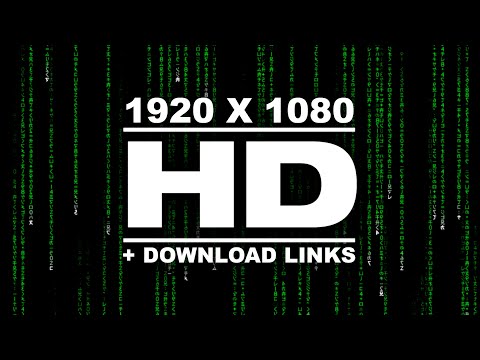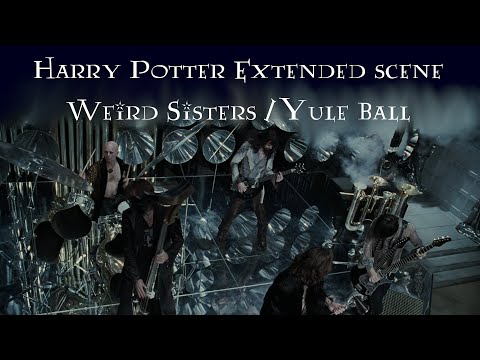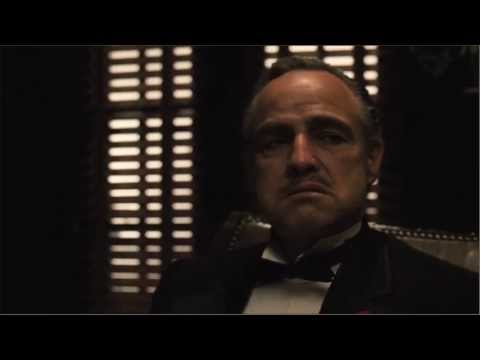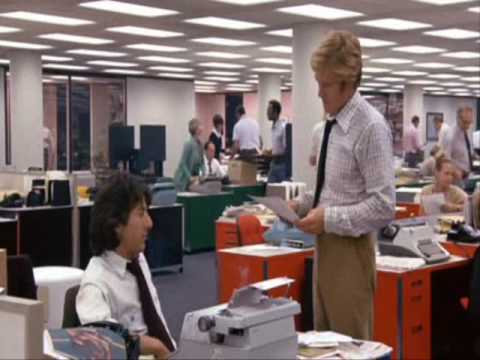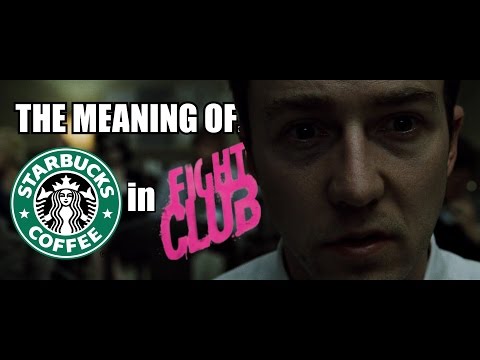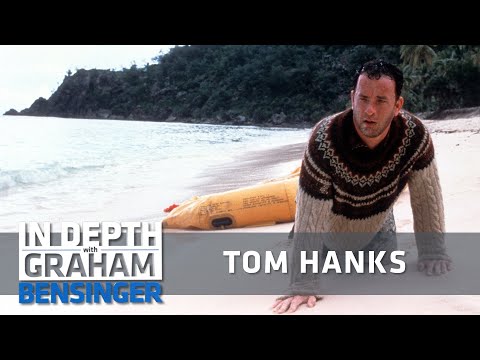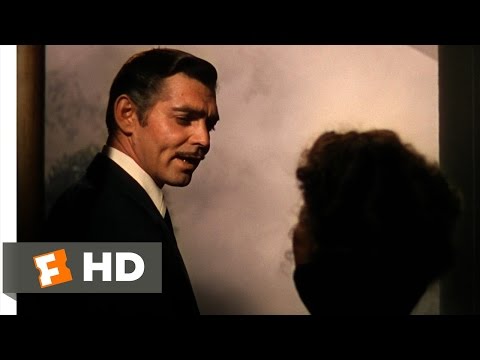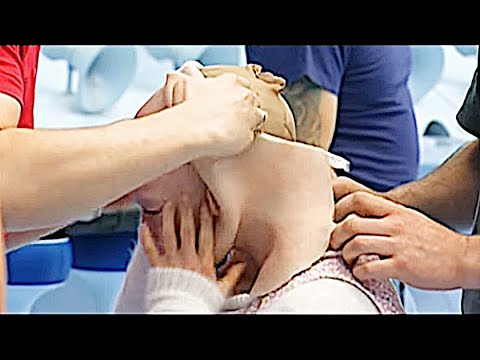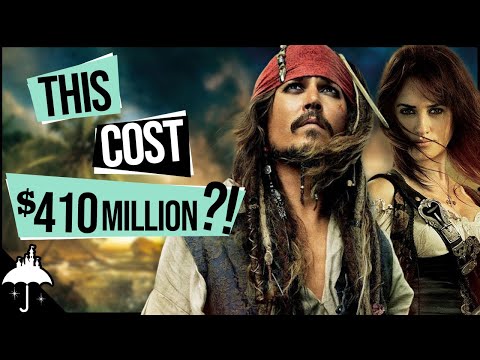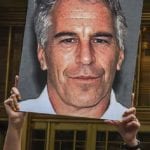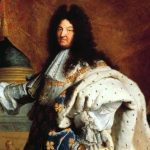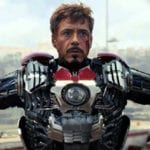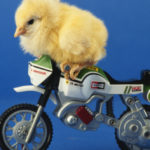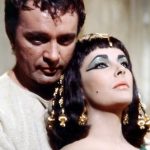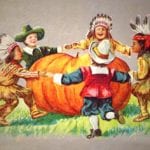10 The Matrix Sushi Code
Coming out in June 1999 and gearing up for the new millennium and what was thought to be the big reset, the Wachowskis released a behemoth of a world on us. That was The Matrix, with its intricate lore and gravity-defying stunts. There was also a very unique element to the film, which, along with the rest of the world, returned in the subsequent few sequels. One of the most recognizable things seen in the film was the green symbols that fell like rain at the very start of all the movies. This represents the virtual environment in which the real-world humans live and is also the code displayed on the computers in the film’s real world. These green symbols are known as the Matrix Code, and some may believe they are made up of a jumbled assortment of Japanese symbols. However, they do, in fact, come from Japanese cookbooks and are actually recipes for sushi. This virtual rain of sushi was initially thought up by the creator, Simon Whiteley, as the Wachowskis turned down an original idea for the code. Whiteley had been asked to come up with something more Japanese, and as his wife is Japanese, he looked through Japanese cookbooks that his wife owned. One recipe stood out to him and became the origin of the code. Whiteley then painted each letter by hand, and they were then digitally created to flow from left to right on the screen. Whiteley felt it didn’t give off the right feeling, so after analyzing the original recipe again, he realized that the Japanese texts ran a different way. So he asked for the code to be flipped to cascade down the screen instead.[1]
9 Harry Potter and the British Rock Cameos
Throughout the Harry Potter franchise, we have seen some wild and worthy cameos, with big names filling even the smallest of shoes. But did you know some British rock cameos are hidden in the films too? As quirky as it may seem, the fourth installment of the franchise, The Goblet of Fire, sees a filled dance hall in Hogwarts rocking out to a rather rock-heavy band called The Weird Sisters. The appearances, albeit rather brief, are, in fact, brought more to life in the original scenes that were intended to be in the film. But they were subsequently cut during the editing stage. Those appearances include Pulp members Jarvis Cocker as Myron Wagtail and Steve Mackey as Donaghan Tremlett. They also include Radiohead members Johnny Greenwood as Kirley Duke and Phil Selway as Orsino Thruston. A few more you may know are also Jason Buckle from All Seeing I as Heathcote Barbary and Steven Claydon from Add N to (X) as Gideon Crumb. In the third installment, The Prisoner Of Azkaban, there is also a cameo from Ian Browne from the Stone Roses, performing some coffee-stirring magic at The Leaky Cauldron[2]
8 The Godfather’s Cat
According to Francis Ford Coppola, the director of The Godfather, the cat seen in Marlon Brando’s arms during one of the scenes was actually a non-scripted addition to the scene. It was just found running about on the set. The cat was then placed directly into the hands of Marlon Brando after Coppola decided it would be a great addition. And suddenly, that becomes one of the best-known shots. This quick addition, however, almost ruined the shot altogether. When the crew listened back, Brando’s lines of dialogue could barely be understood due to the amount of purring the microphone picked up. You can still hear the cat’s purr in the film to this day.[3]
7 Scream or Scary Movie?
The 1996 horror film Scream was originally titled Scary Movie. At the time of its creation, the script was penned as “Scary Movie,” and when approached for the third time, Wes Craven finally agreed to take up the project due to its very name hinting at a parody. Craven rejected it the previous two times because he wanted to move away from horror. After Craven’s acceptance, the film’s title was changed because one of the Miramax co-founders wanted a more serious name. This led to a search for something that didn’t conjure thoughts of it possibly being a comedy film with some scares. As another co-founder was driving in his car one day, he heard Michael Jackson’s song “Scream” playing on the radio and knew it would be great as the film’s name. Now, many years later, it seems appropriately titled, as the former title does induce comedic undertones. But that could be due to the Wayans’ parody franchise of the horror series.[4]
6 All the President’s Men’s Trash
In 1976, the film All The President’s Men, in which Robert Redford and Dustin Hoffman portray Bob Woodward and Carl Bernstein, two reporters investigating the Watergate scandal, shows us how The Washington Post dealt with the scandal. And the filmmakers wanted to give as much realism to the film as they could. In order to achieve this, the production company—Wildwood Enterprises—spent tens of thousands of dollars to create the most authentic newsroom possible, from true-to-life filing cabinet labels to the trash on the newsdesks. For true authenticity, the garbage was shipped to Hollywood, right from the real WaPo office itself.[5]
5 Fight Club’s Coffee Cameo
We all know that David Fincher’s Fight Club includes some hidden imagery, including a certain peculiar event of Tyler Durden popping up in single frames of the film. Well, a popular coffee chain gets an almost subliminal role in the film too. Watch this video on YouTube After Fincher’s move to Los Angeles, a good cup of coffee was really hard to come by—that was until Starbucks made an appearance on the scene. There were far too many for Fincher’s liking, so, wanting to have a bit of fun, the filmmaker decided to include a Starbucks cup in every shot of the film—with Starbucks’ consent, of course. Although funnily enough, the one scene that the coffee chain would not let them use their name was during a scene in which a coffee shop gets obliterated by a piece of art.[6]
4 Forrest Gump’s out of Pocket
During the filming of 1994’s Forrest Gump, all was going well, with only a hiccup of Tom Hanks not quite getting the character down and Robert Zemeckis saying they would scrap the first three days of filming. Sometime later, the movie studio Paramount Pictures decided they were not sure about giving the go-ahead for the budget needed to film certain scenes. One of these scenes was the famous run across the country, for which Paramount said it would be very expensive and too much for them to agree to, even though it was argued that it was a crucial scene. At this point, Zemeckis approached Hanks about being a potential collaborator and funder for the film, but that he would need to trust and back him. That was when both Hanks and Zemeckis paid money upfront to fund the running scene and then shared the profits with Paramount Pictures. Another scene in the film had a similar thing happen when a scene needing weather insurance came up, and again the movie studio refused to pay for it. So the two, again, said they would help to fund it.[7]
3 Gone with the Wind
One line in the 1940 film Gone with the Wind has Rhett Butler saying, “Frankly, my dear, I don’t give a damn” at the end of the film. This line almost never existed due to the wording and the self-regulation rules at the time, which later became the Hays Code. The producer David O. Selznick and his story editor Val Lewton were potentially going to need to change the line to something more in line with what was allowed. Many replacements were thought of, such as “I don’t give a hoot” and “I don’t give a straw,” which were pretty funny replacements. Watch this video on YouTube However, with Selznick not wanting to stray too far from the original, and knowing when to change things and when not to, he knew that this was not something that needed changing. The intention of the line in the original 1936 book was seen by Selznick as “not an oath or a curse. The worst that could be said of it is that it’s a vulgarism.” That being said, certain other things needed to be changed from the book, apart from a few mentions of “damn” and “hell,” which were only allowed under certain circumstances.[8]
2 Real Squirrels in the Chocolate Factory
In 2005, a remake of the original 1971 Willy Wonka & the Chocolate Factory was underway and called Charlie and the Chocolate Factory. Watch this video on YouTube In the original film, there was a scene where there were geese that lay golden eggs. However, in the new version, it was set to be filmed with squirrels opening nut shells in the Nut Sorting Room instead. This was to be a hard feat, with squirrels being difficult to keep control of and Tim Burton not wanting to resort to CGI or animatronics for the entire scene. By the time they got to filming, 40 real squirrels had been trained by professional animal trainers to do most things in the film, like crack nuts and drop them onto a conveyor belt, with certain aspects helped along with special effects or composited in post-production. Some of the shots were put together by the crew moving sticks attached to nuts as the squirrels were holding them. These shots would then be digitally altered later to remove the sticks.[9]
1 The Most Expensive Film Ever
The most expensive film ever made is probably not the one you were thinking of. You might imagine a big-budget Hollywood action film similar to something from J.J. Abrams or the James Bond franchise. Well, in fact, the most expensive film ever made was that of a drunken pirate. A little movie called Pirates of the Caribbean: On Stranger Tides had a whopping budget of $378.5 million or $422 million after inflation. The reason for this cost was because of the many locations, the expensive equipment needed—which included 3D cameras—and almost a dozen special effects companies working tirelessly. Despite all this, it was only the fourth highest-grossing film of 2011.[10]
